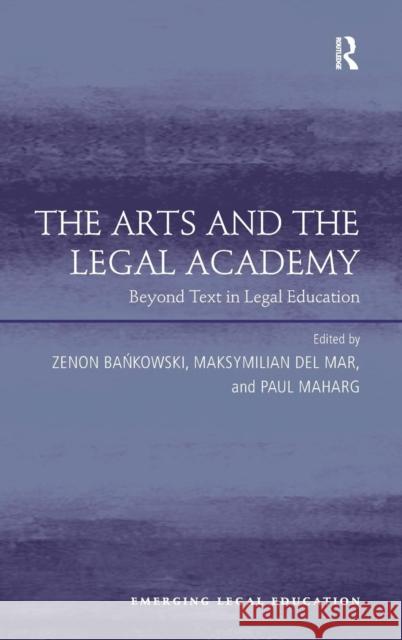The Arts and the Legal Academy: Beyond Text in Legal Education » książka
The Arts and the Legal Academy: Beyond Text in Legal Education
ISBN-13: 9781409429111 / Angielski / Twarda / 2012 / 248 str.
In Western culture, law is dominated by textual representation. Lawyers, academics and law students live and work in a textual world where the written word is law and law is interpreted largely within written and printed discourse. Is it possible, however, to understand and learn law differently? Could modes of knowing, feeling, memory and expectation commonly present in the Arts enable a deeper understanding of law's discourse and practice? If so, how might that work for students, lawyers and academics in the classroom, and in continuing professional development? Bringing together scholars, legal practitioners internationally from the fields of legal education, legal theory, theatre, architecture, visual and movement arts, this book is evidence of how the Arts can powerfully revitalize the theory and practice of legal education. Through discussion of theory and practice in the humanities and Arts, linked to practical examples of radical interventions, the chapters reveal how the Arts can transform educational practice and our view of its place in legal practice. Available in enhanced electronic format, the book complements The Moral Imagination and the Legal Life, also published by Ashgate.











